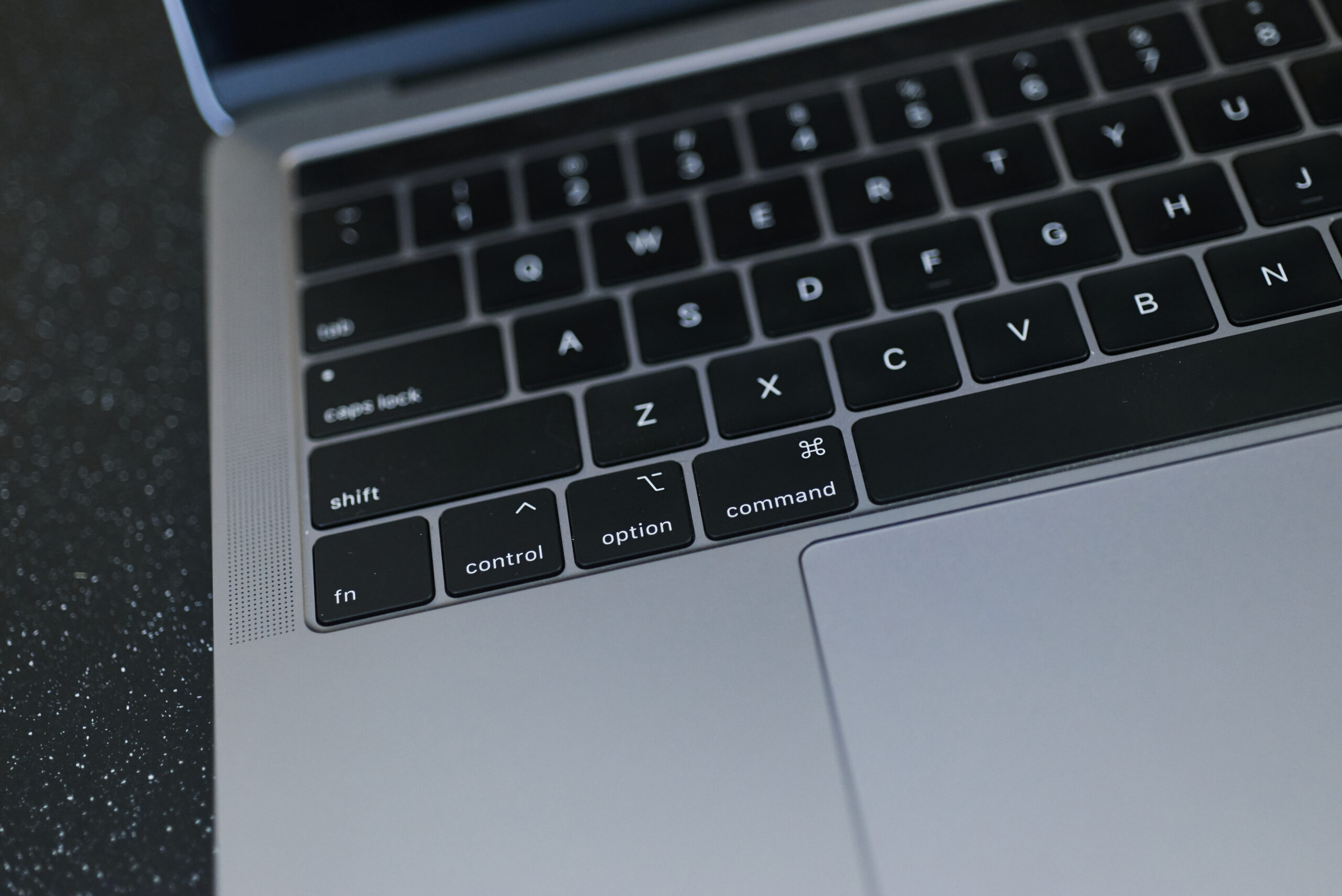Dual monitors, once a luxury, have started to become a standard in many businesses. The digital-era work fields like web development, graphic designing and data analysis often require large amount of multitasking. This is where having more than one screen can prove to be a productivity boon. In this post, we are going to delve into the question, “Do you really need dual monitors for your remote setup?”
Over the years, there has been a significant shift in the workplace culture. A vast majority of professionals have adopted — either by choice or necessity — a remote working system. When setting up a remote workspace, one of the most intriguing questions that arises is whether investing in dual monitors is a worthwhile endeavor.
To begin our exploration of this question, we first have to understand what dual monitors are. Simply put, dual monitors involve using two screens side by side with a single computer system. These screens can be used simultaneously, allowing users to perform multiple tasks without having to switch between windows on a single screen. The increased real estate can make multitasking more manageable and reduce strain on the eyes.
There is no doubt that the advent of dual monitors has led to substantial changes in the workflow for many professionals, but to determine whether it is a necessity for you would depend upon your work requirements.

Task complexity is an important factor to consider when deciding on needing dual monitors. Some tasks revolve around having multiple windows open simultaneously. For instance, graphic designers might have a designing software on one screen while referencing images on another, web developers might have their coding platform on one screen and browser on the other to preview the changes, and data analysts might have spreadsheets and statistical software running concurrently.
In such scenarios, dual monitors can enhance efficiency. Tasks that previously required constant shuffling between windows can now run side by side, thereby minimizing task switching and reducing potential errors. If your day-to-day work involves multi-window tasks, dual monitors could be a game changer for you.
Contrarily, if your work mainly involves tasks that can be adequately managed with a single screen, then dual monitors may not necessarily prove to be beneficial. For example, content writers, administrative staff, and customer service representatives typically perform their tasks with a single screen.
Practicality is another parameter to weigh in. While two screens offer more visual real estate, they also require more physical space. A desk crammed with multiple large screens may prove to be too overwhelming for some. Hence, it is crucial to consider the available space and desk layout before making a decision about dual monitors.

Cost-effectiveness also plays a significant role in determining the necessity of dual monitors. While the prices of monitors have dropped over the years, purchasing an additional monitor still remains an investment. Hence, the decision to invest should be made with regard to the projected productivity enhancements and resultant profit growth.
Moreover, technical specifications are another element to reflect upon. Older computers may not support dual screens or might require additional hardware upgrades to handle the load. The power consumption will also increase with an additional screen. Hence, it is important to ensure that your computer can handle the dual setup and whether the advantages outweigh the electricity cost.
In conclusion, determining the necessity of dual monitors for a remote setup is contingent upon the nature of tasks, practicality, cost-effectiveness, and technical specifications of the computer system. If these aspects align in favor, then dual monitors can prove to be a valuable addition to your remote work setup.
Dual monitors can truly revolutionize the way you work by making operations more efficient and workdays more productive. However, it is not a one-size-fits-all solution and should be decided based on individual needs. By making an informed choice, it is possible to design a remote setup that caters to your specific needs and enhances your work from home productivity tenfold.
